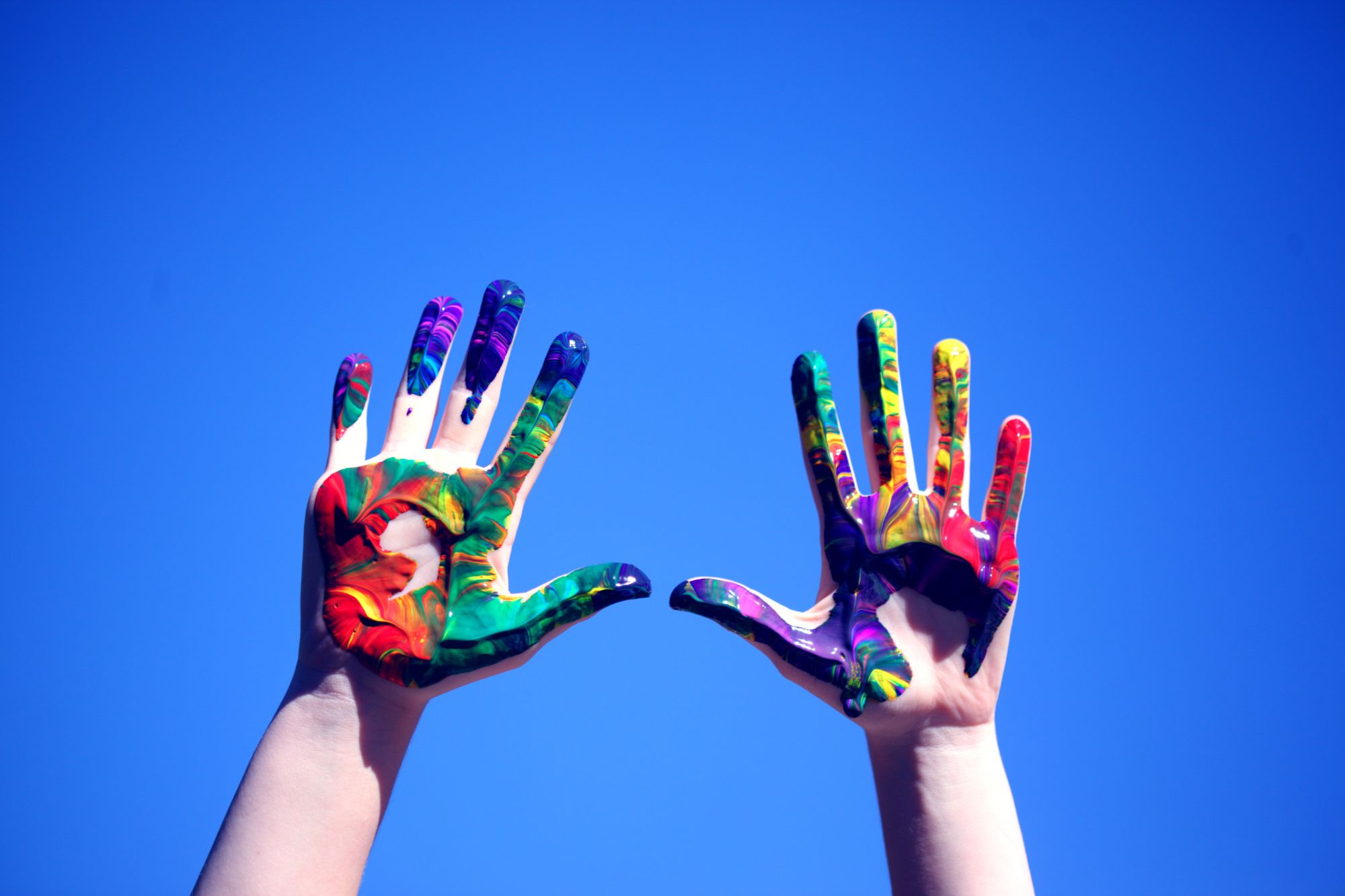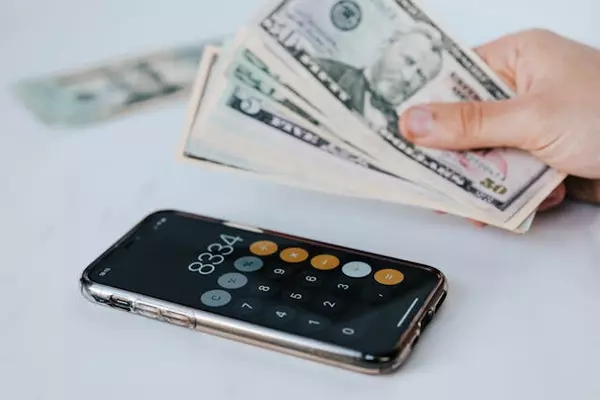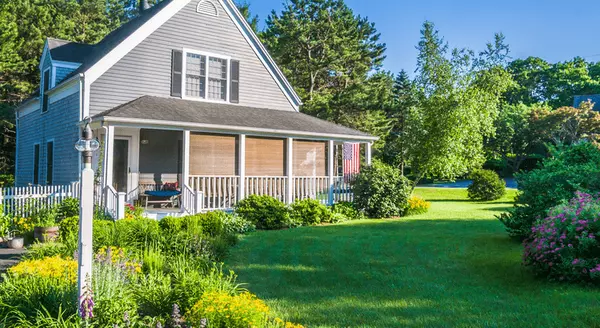The Psychology of Color in Real Estate Marketing

Colors have the remarkable ability to evoke emotions, influence moods, and shape perceptions. In the realm of real estate marketing, understanding the psychology of color is a powerful tool for capturing attention, creating memorable impressions, and ultimately driving potential buyers' decisions. In this blog, we'll delve into the fascinating world of color psychology and its role in the art of real estate marketing.
-
Warm vs. Cool Colors:
Warm colors like reds, oranges, and yellows evoke feelings of energy, warmth, and excitement. They can create a sense of urgency and draw attention to specific features. On the other hand, cool colors like blues, greens, and purples convey calmness, tranquility, and trust. Understanding the balance between warm and cool hues can influence the tone of your marketing materials.
-
Creating Contrast:
Contrast is crucial in capturing the audience's attention. Combining colors that are complementary or provide a strong contrast can make key elements, such as calls to action or property features, stand out. The right use of contrast guides the viewer's focus and enhances the overall impact of your marketing materials.
-
Establishing Brand Identity:
Colors play a significant role in establishing brand identity. Consistency in color choices across marketing materials, websites, and property listings helps create a recognizable and memorable brand. The right color palette can convey professionalism, trustworthiness, and reliability to potential buyers.
-
Emotional Connections:
Different colors evoke different emotions. For instance, green is associated with growth and harmony, making it suitable for properties focused on sustainable living. Yellow signifies optimism and happiness, making it suitable for cheerful and vibrant properties. Tailoring color choices to the emotional qualities of a property can create stronger connections with potential buyers.
-
Cultural and Regional Considerations:
Colors can carry cultural and regional meanings. For instance, red may symbolize luck and prosperity in some cultures, while it might convey caution in others. Understanding these nuances is essential, especially in a diverse real estate market.
Conclusion:
The psychology of color is a potent tool that can significantly impact the success of real estate marketing efforts. From warm and cool colors to creating contrast, establishing brand identity, forging emotional connections, and considering cultural and regional implications, color choices go beyond aesthetics. By harnessing the psychological impact of colors, real estate professionals can craft marketing materials that resonate with potential buyers on a deeper level, leaving a lasting impression and influencing their decisions. In a visually driven world, mastering the art of color psychology can elevate your real estate marketing strategies to new heights.
Categories
- All Blogs (781)
- Buyer's Market (9)
- Cash Flow (2)
- Design and Maintenance (42)
- Featured Listings (6)
- First-Time Home Buyers (39)
- Holidays (5)
- Home For Sale (7)
- Home Loans (3)
- Home Pricing (3)
- Home Showing (2)
- Homeowners (24)
- Investment Properties (9)
- Market Update (10)
- Mortgages (9)
- Real Estate Fun Facts (12)
- Real Estate Investors (22)
- Real Estate Marketing (13)
- Seller's Market (4)
- Selling Your Home (20)
- Sold Homes (12)
- South Jersey Updates (26)
- This Weekend Happenings (28)
- Tips For Home Buyers (17)
Recent Posts

![Builders Are Building Smaller Homes [INFOGRAPHIC]](https://img.chime.me/image/fs/chimeblog/20240504/16/w600_original_39aacbf5-2468-464c-acda-b86e3e29eff4-png.webp)








GET MORE INFORMATION

